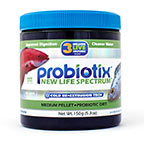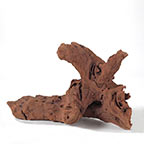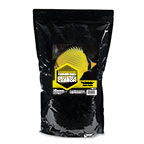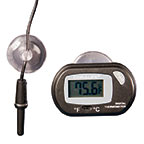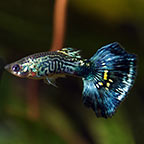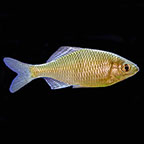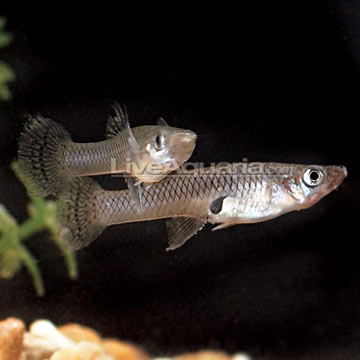
Additional locales and sizes may be available!
Additional locales and sizes may be available! Email me when availableQuick Stats
What do these Quick Stats mean? Click here for more information
What do these Quick Stats mean? Click here for more information
Overview
Native to the backwaters and freshwater ponds of North and Central America, Gambusia sp. is related to the common guppy and very similar in characteristics. The body is long and slender and pale in color. Most Mosquito Fish have a tail of moderate size, void of any coloration. Varieties of Mosquito Fish can be found naturally as far north as Central Illinois and most survive harsh, freezing winters as long as the pond is deep enough and well aerated throughout the cold season.
 For best care, the Mosquito Fish requires a pond of at least 20 gallons with moderate water temperature and plenty of plants for hiding. If insufficient natural foods are present, supplement their diet with a quality flake food.
For best care, the Mosquito Fish requires a pond of at least 20 gallons with moderate water temperature and plenty of plants for hiding. If insufficient natural foods are present, supplement their diet with a quality flake food.
You can differentiate the male and females easily. The males are smaller in size, have a pointed anal fin and are much thinner than the female. The females are larger in size, have a rounded anal fin, as well as a pregnancy patch on the lower portion of the body. Ideally, the environment should have a covering of floating plants or a breeding mop to protect the fry. Adults may eat the fry if left to fend for themselves without a safe nursery area.
Approximate Purchase Size: 1/2" to 1"



